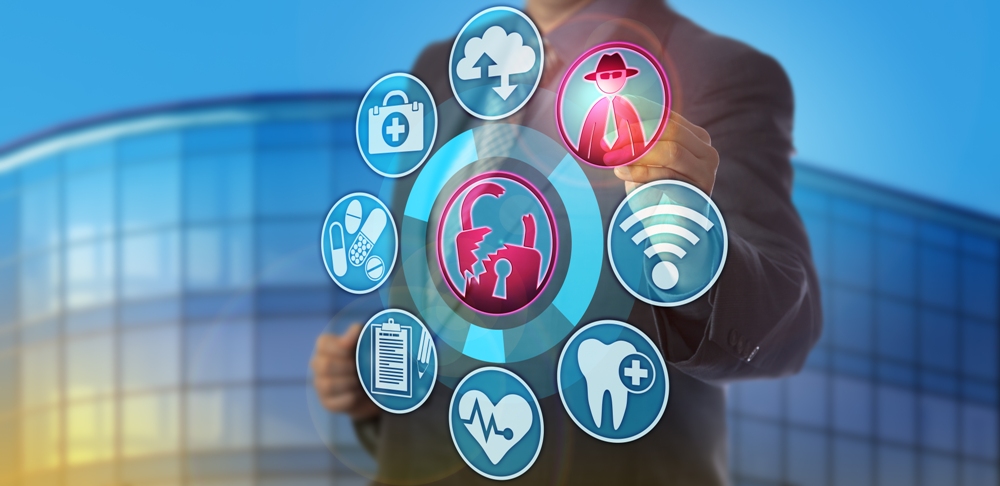
There’s no denying technology plays a role in our health. The question is whether it’s for better or for worse. Technology has led to many things which contribute to ill-health: poor air quality, increased risk of injury, easy access to bad food, and extra stress and anxiety. On the other hand, technology has led to pioneering advancements in modern medicine as well as a better understanding of the human body and how to treat the ailments which threaten it the most.
For those who believe technology does more harm than good to our health, consider the following ways in which tech is helping our health:
E-cigarette
The most recent CDC estimates indicate roughly 35 million Americans still smoke cigarettes. Vape technology, while still supplying people with nicotine, is designed so that tobacco smoke is replaced with vapor, which doesn’t lead to the inhalation of burnt particles containing known carcinogens. Making the switch from traditional cigarettes to vape products much easier is the fact vape juice flavors come in an endless variety as well as with various nicotine levels. This allows users to essentially wean themselves off nicotine if they so wish, to the point where they are essentially addiction free.
Fitness tracker
We’ve been told to exercise more, sleep better, eat better, and monitor our heart health by our doctors for years - but the inability to properly track these things meant we were often taking shots in the dark and hoping they were on target. Thanks to the development of fitness tracker technology, people are now able to accurately monitor their activity levels, sleep patterns, and heart rate. Assuming they’re being honest with the data they enter, they can also keep track of their macronutrients throughout the day with these monitoring technologies.
Telemedicine
It would have sounded a bit far fetched to most people as recently as ten years ago, but the practice of doctor-patient visits via video chat is swiftly becoming a common feature in healthcare. Referred to as telemedicine or telehealth, this process is made possible thanks to the near-ubiquitousness of camera-enabled mobile technology. Doctors and their patients are able to easily get in touch through tablets and smartphones. While not everything a doctor does can be accomplished via video consultation, this technology makes it possible to more easily connect with medical professionals about the seemingly minor but potentially serious things we often choose to ignore rather than make an appointment to have examined.
Genomics
Despite the fact that humans are 99.9% the same from a genetic point-of-view, the remaining one-tenth of a percent leaves plenty of room for variation. This is certainly the case when it comes to our health, which has as much to do with our genetics as it does environmental factors. According to information provided by the University of Illinois at Chicago, genome sequencing is one of the leading ways in which technology is improving our health and wellbeing. By sequencing a person’s genome, scientists hope to be able to better diagnose and treat a whole host of diseases, ranging from Alzheimer’s to cancer to deadly contagions.
While technology can be blamed for various risks to human health, there’s no denying the fact that when all things are considered, technology improves our health more than it causes harm.